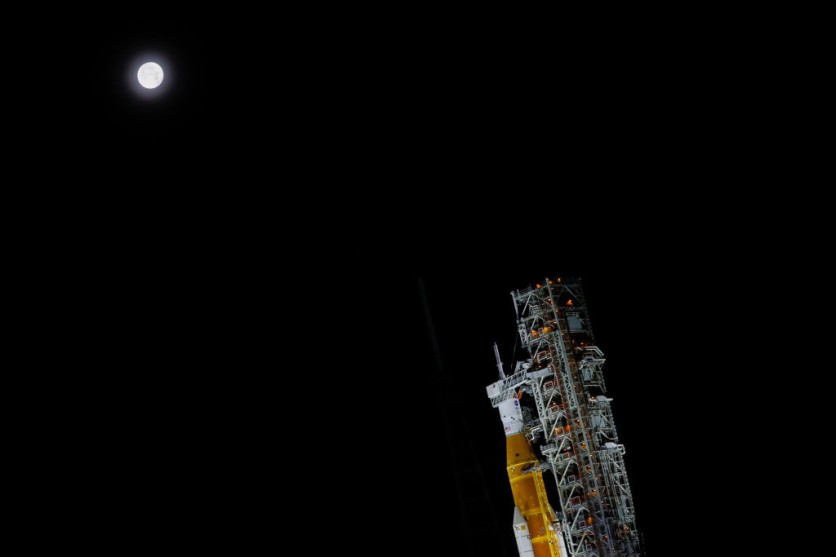To date, there are 8,950 satellites launched into orbit, and 5,000 satellites remain in orbit despite them having reached the end of their lifespan. Therefore, they no longer serve their purpose; hence, the growing space junk in space.

According to an estimate as reported by Interesting Engineering, around 1,950 satellites are operations, while the others have become debris.
The Shanghai Academy of Spaceflight Technology announced that Chinese scientists have successfully used a drag sail that will de-orbit the recently launched Long March 2 rocket. This serves as the first time an experiment like this was done with a rocket.
The drag-sail technology is a kite-like membrane that when unfurled, measures 25 sq meters and one-tenth the diameter of human hair thickness that did not hinder it from increasing atmospheric drag and accelerating the orbital decay of the 300kg rocket's final stage.
The technology is low-cost and can be used on any low-Earth orbit satellite that has become space junk. The drag and drop technology has become flexible and lightweight, which can be folded into a small package and placed on a spacecraft before launch.
Once it's close to the debris, it will unfurl automatically, which will help send the spacecraft back to the atmosphere to disintegrate.
Drag sails are a speedier option than letting junk de-orbit naturally which will usually take years or decades.
This only comes as good timing as China already has an ongoing problem as they have received accusations of allowing a lot of its craft to pollute the space. In March 2022, a piece of China space rocket was seen floating aimlessly through space after the October 2014 launch.
The good news, no one was hurt by the collision. However, the debris could have caused significant damage if it header for the International Space Station (ISS).
Also Read: Space Garbage Can Apparently 'Trap' Humans On Earth--Just How Bad Is The Problem?
Solving Space Junk
When it comes to space exploration, space junk is a major concern that could impede the success of a mission. A number of agencies, organizations, countries and scientific groups have tried to find a way to solve the problem of space junk.
Avoiding space junk is the best way to ensure that there will be no damage on the spacecraft. The only way to avoid a collision with space junk is to monitor the space debris. Satellites are sent in the orbit to monitor the space debris. These satellites monitor the space debris and send information that the space junk is not a threat to the spacecraft. This will help avoid any space collision.
NASA is actively involved in trying to collect the space junk either by launching a satellite with a giant magnetic net which can be used to capture the debris. NASA is also developing a robot arms to help capture the space junk.
Related Article: Elon Musk SpaceX Starship Could Clean Space Junk Going to Mars, Why Should We Care About Space Junk And How Does He Plan To Do It?
This article is owned by TechTimes
Written by April Fowell




